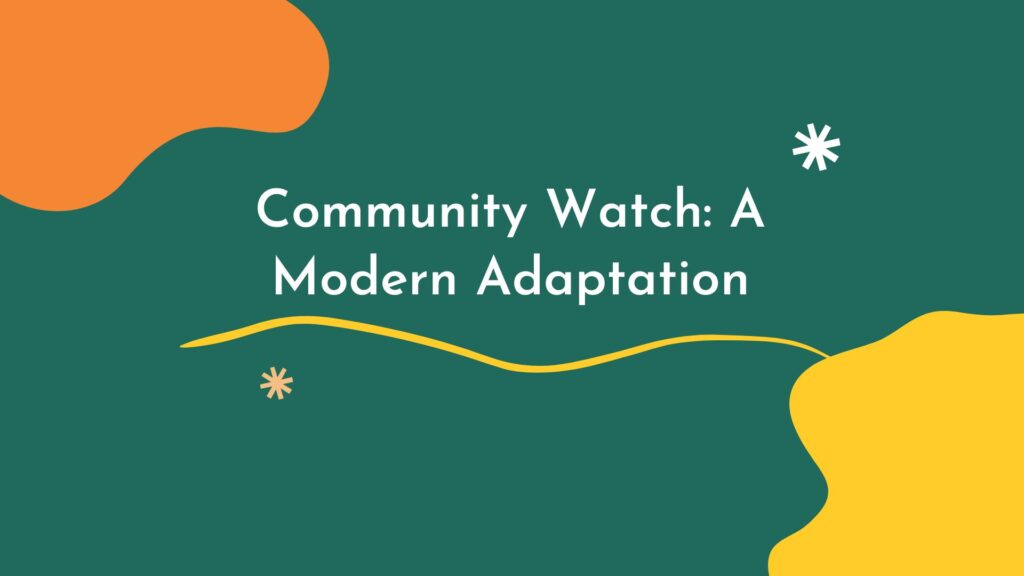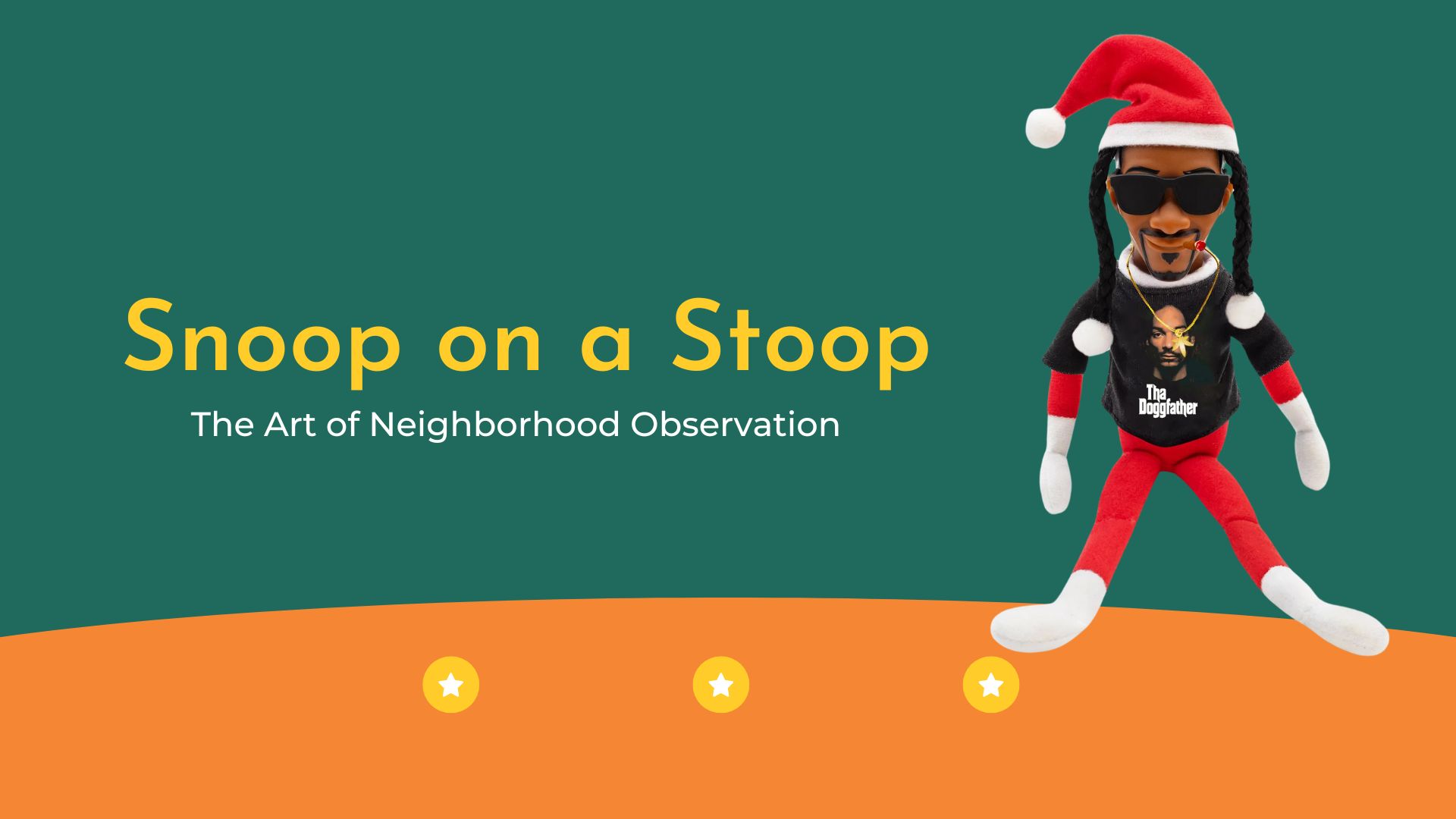In the intricate tapestry of community life, each thread contributes to the overall picture, weaving patterns of interaction, cooperation, and, sometimes, necessary vigilance. “Snoop on a Stoop” may initially evoke images of nosy neighbors peering through curtains. However, the concept transcends mere curiosity, embodying the art of neighborhood observation—a practice intertwining community care with proactive awareness. This exploration delves into the nuances of this practice, unraveling its layers from historical roots to modern-day application, ensuring safety, fostering connections, and highlighting the balance between observation and privacy.
Also Read: Craigslist Boulder: Your Ultimate Guide to Navigating Deals and Listings in Boulder
Historical Perspectives
The concept of neighborhood watch is far from new. Ancient civilizations understood the value of communal vigilance. In medieval towns, the night guards patrolled the streets, guarding against potential threats. This historical precedent underscores a fundamental human instinct: the desire for security and mutual protection. “Snoop on a Stoop,” in its contemporary incarnation, can be viewed as a modern-day extension of these age-old practices. However, today’s approach is more nuanced, aiming not for outright surveillance but community-oriented watchfulness.
Community Watch: A Modern Adaptation

In the 20th century, formalized neighborhood watch programs burgeoned, particularly in response to rising urban crime rates. The quintessential “Neighborhood Watch” signs, depicting a vigilant eye, became symbols of community solidarity against potential threats. “Snoop on a Stoop” differs slightly in its informality. It is less about organized patrols and more about fostering an environment where neighbors naturally observe and care for their surroundings. It’s an informal nod to the idea that an attentive community is safer.
The Snoop on a Stoop Ethos
At its core, “Snoop on a Stoop” revolves around the ethos of proactive observation. It’s about recognizing the regular patterns of one’s neighborhood and being attuned to anomalies. This practice isn’t rooted in suspicion or intrusiveness but in a genuine concern for the community’s well-being. It’s about knowing when an unfamiliar vehicle lingers suspiciously or when a neighbor’s routine has abruptly changed. These observations can be crucial in preventing crime or responding to potential health emergencies.
Balancing Observation and Privacy
A paramount aspect of mastering the art of “Snoop on a Stoop” is striking the right balance between observation and privacy. Vigilance should never infringe upon the personal boundaries of others. The art lies in being observant, not invasive. It’s about fostering a sense of security, not creating a surveillance state. Respect for privacy and personal space is the cornerstone of ensuring that neighborhood observation remains a positive and community-oriented practice.
Technological Integration
In the digital age, technology offers new dimensions to neighborhood observation. Social media platforms and community apps like Nextdoor have become digital stoops where neighbors exchange information, report suspicious activities, or even share footage from home security cameras. However, integrating technology into neighborhood watch practices must be approached with discernment, ensuring that it enhances community bonds rather than erodes trust through excessive surveillance.
Building Community Ties
One of the most profound benefits of “Snoop on a Stoop” is its potential to strengthen community ties. When neighbors keep their surroundings safe, they also create opportunities for interaction, fostering relationships that might not have formed otherwise. Community events, whether casual stoop gatherings or organized meetings, can reinforce these ties, creating a fabric of connection that enhances the resilience and cohesiveness of the neighborhood.
Ethical Considerations and Challenges
While “Snoop on a Stoop” advocates for proactive community vigilance, it is not without its ethical dilemmas. The risk of profiling, unwarranted suspicion, and the potential for escalating minor situations into major conflicts are valid concerns. It requires a collective commitment to fairness, unbiased observation, and a thoughtful approach to intervention. Communities must navigate these challenges thoughtfully, ensuring that neighborhood observation contributes positively to the fabric of communal life.
Also Read: Unveiling the Truth: An In-Depth Look into NetReputation Reviews
The Future of Neighborhood Observation
As we look to the future, “Snoop on a Stoop” may evolve in ways we can’t fully predict. Innovations in technology, shifts in social norms, and the ever-changing dynamics of community life will all shape how we observe and interact with our neighborhoods. However, the fundamental principles of mutual care, vigilance, and respect for privacy will likely remain at this practice’s heart.
In conclusion, “Snoop on a Stoop” embodies a nuanced approach to community vigilance. It is an art form balancing observation with respect, care with discretion, and intervention with understanding. In a world where the fabric of community can often feel frayed, practices like these can weave stronger, more resilient neighborhoods. By mastering this art, we can contribute to the tapestry of a safer, more interconnected community life.

